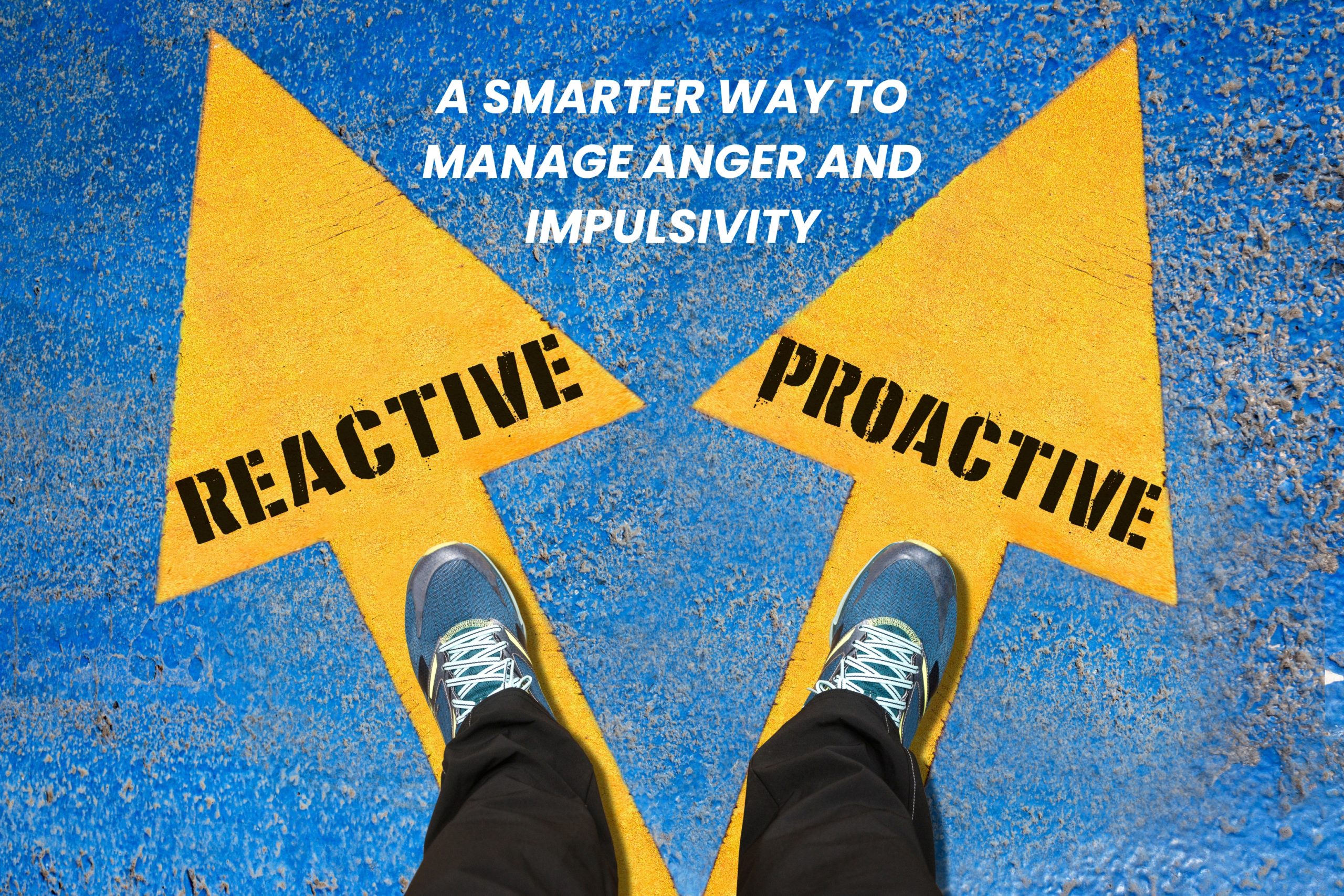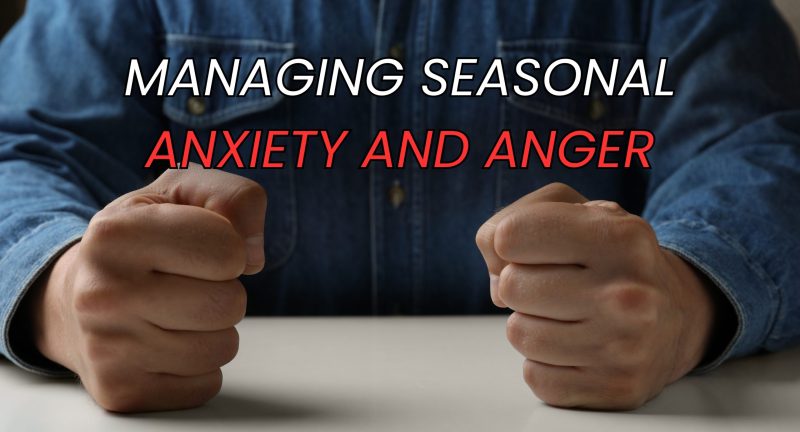
Be Proactive, Not Reactive: A Smarter Way to Manage Anger and Impulsivity
By ABS Behavioral Health
If you’ve ever said “I just snapped” or “I didn’t even think before I reacted,” you’re not alone. Reactive behavior — especially when tied to anger or impulsivity — can damage relationships, disrupt your life, and leave you feeling frustrated with yourself.
But here’s the good news: You can shift from reacting impulsively to responding intentionally. This is what it means to be proactive — and it’s a game-changer for your mental health.
At ABS Behavioral Health, we’re passionate about helping individuals understand their emotional patterns and apply real strategies for lasting change.
⚡ What’s the Difference Between Proactive and Reactive?
Reactive behavior is driven by emotion in the moment — anger, frustration, stress, fear.
Proactive behavior is thoughtful, planned, and grounded in self-awareness.
| Reactive | Proactive |
|---|---|
| Yells in the heat of the moment | Takes a breath before responding |
| Acts on impulse | Reflects on possible outcomes |
| Blames others | Owns emotions and behavior |
| Regrets decisions | Chooses actions with clarity |
🛠 5 Proactive Tools to Manage Anger & Impulsivity
1. Know Your Triggers
You can’t change what you don’t understand.
Keep a simple log:
- What triggered me?
- What emotion did I feel?
- What was my response?
Pro Tip: Look for patterns in situations, times of day, or people that consistently push your buttons.
2. Use the 10-Second Rule
When you feel anger rise or an impulsive urge, count to 10 slowly and breathe.
This short pause helps shift your brain from “reaction mode” to “thinking mode.”
3. Plan Ahead for Stressful Situations
If you know you’re about to be in a high-pressure setting (work meeting, family gathering, rush-hour traffic), prepare mentally.
Ask:
- What might trigger me?
- How do I want to respond instead?
This is proactive emotional preparation — and it works.
4. Practice Daily Regulation
Make emotional self-care part of your routine:
- Exercise regularly
- Sleep 7–8 hours a night
- Journal or meditate for 5–10 minutes
- Limit caffeine and sugar if they increase agitation
These habits help lower your emotional baseline, so you’re less likely to explode.
5. Create a Personal “Calm Plan”
Write down 3–5 things you can do when you’re triggered:
- Walk away and stretch
- Text a supportive friend
- Use grounding techniques
- Watch a calming video
- Do breathing exercises
Put your Calm Plan somewhere visible — your desk, phone, or car.
🧭 When to Ask for Help
If your anger or impulsive behavior is hurting your relationships, career, or mental health, don’t ignore it. You deserve support — not shame.
At ABS Behavioral Health, we offer:
- Individual anger management counseling
- Group therapy focused on emotional regulation
- Trauma-informed therapy
- ADHD and impulse control support
👉 Tired of reacting and regretting?
Take control of your emotions with ABS Behavioral Health.
📞 Call us at 718-871-4593 or 📩 Request an Appointment Online (Make Intake Appointment)
Being proactive starts with one choice — we’re here to help.
Related Posts
From Painkiller to Addiction: Navigating Ketamine Recovery
The Impact of Ketamine Addiction Ketamine, initially celebrated for its...
Managing Seasonal Anxiety and Anger
By ABS Behavioral Health As the seasons change, so do our moods. Whether it's...


